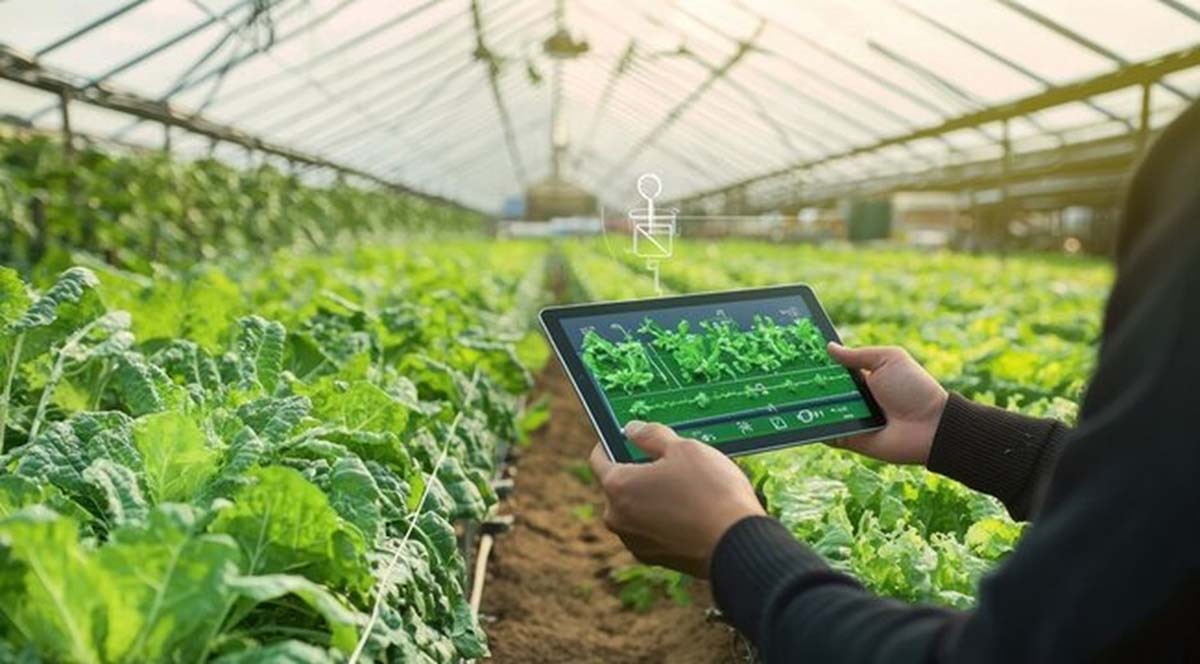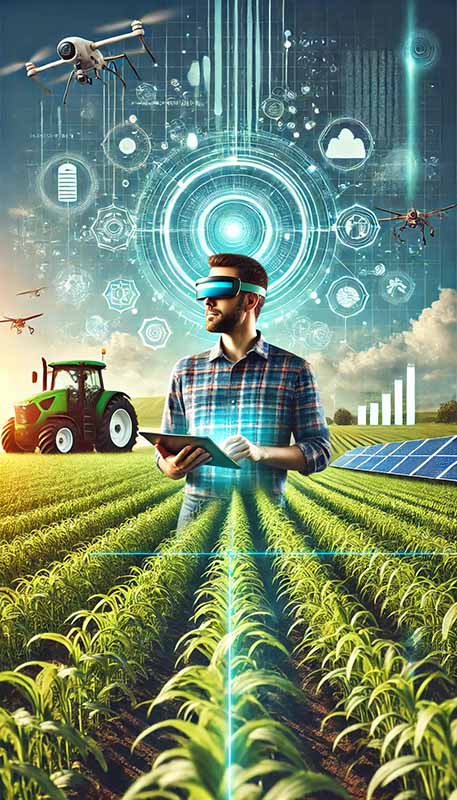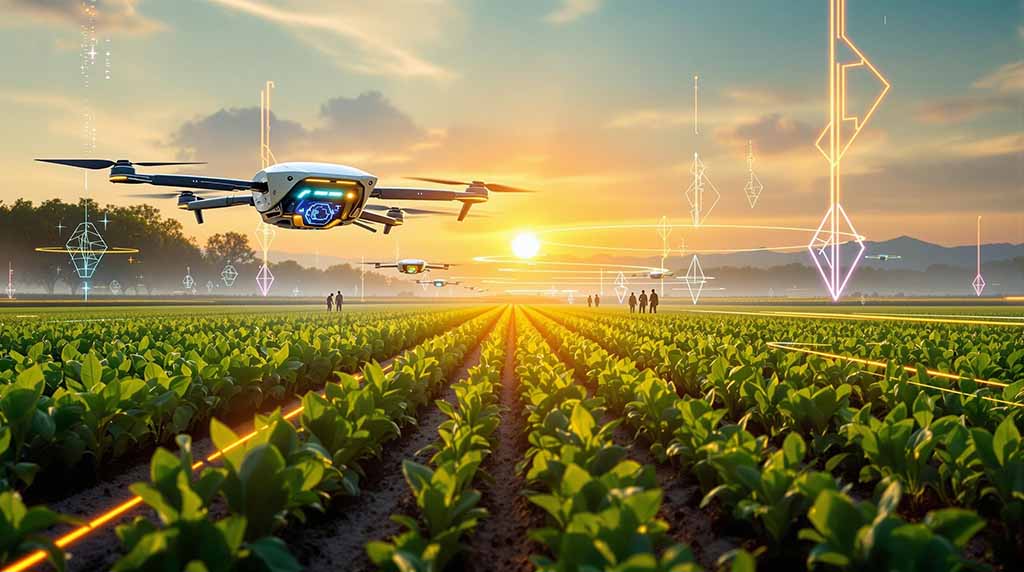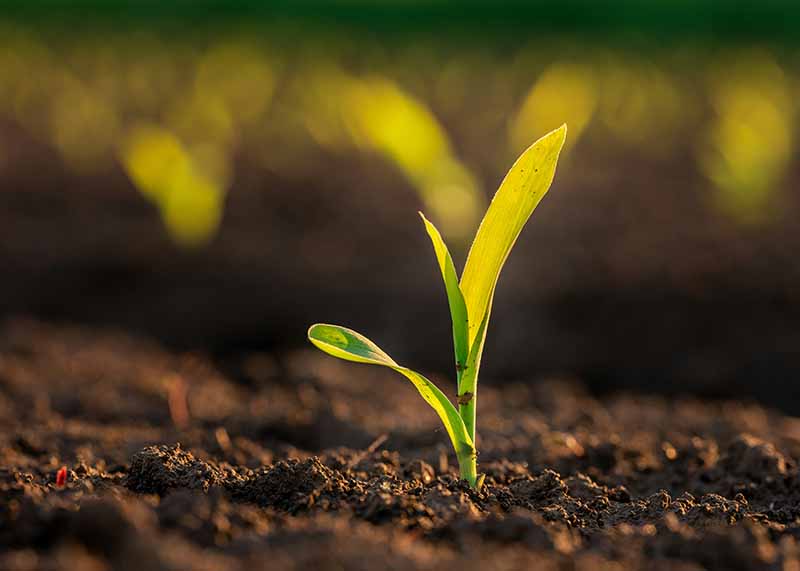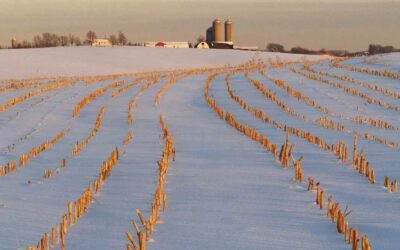
Written by Dave Stewart
Zehr Insurance Brokers Ltd.
What’s the key to feeding a growing population? What role will new technology play in supporting traditional methods?
From GPS-guided tractors to Agricultural Electrical Monitoring Systems, modern technology is reshaping the future of agriculture in ways we never imagined.
If farmers want to stay ahead or grow their business, the real question isn’t whether to adopt farm technology, but which innovations to embrace!
The Role of Technology in Transforming Modern Agriculture
When we think of technology, it’s not just about the tools we use. It’s an evolving field that includes a wide range of innovations across multiple aspects of farming. This includes:
- Automated machinery designed to handle repetitive tasks and boost efficiency.
- Advancements in ecological awareness and preservation.
- Data analytics helps farmers make more informed decisions about crop management.
These innovations are not just isolated changes, they are part of a larger shift. These constant changes are transforming agriculture into a more efficient, technologically driven field.
Keep reading as we explore the different types of technology being adopted.
Different Types of Farming Technology
Automation and Robotics
Automation and Robotics can perform tasks such as planting, harvesting, and sorting with unimaginable precision. These technologies are not only reducing labor costs but are also optimizing workflows and continuously improving safety across farming operations.
These robotic systems can perform repetitive tasks with greater speed and consistency, allowing farmers to uphold a high level of product quality.
Global Position System (GPS) Technology
GPS technology is essential for precision agriculture. It enables accurate mapping of farm fields, guiding both semi and fully autonomous machinery. While also enabling precise application of fertilizers and pesticides.
By integrating GPS with aerial imagery and connectivity farmers gain detailed insights into their farms. Views into which rows and blocks a tractor has covered during its operation, optimizing resource use and boosting overall productivity.
Temperature & Moisture Sensors
Temperature and moisture sensors can be placed around fences and farmland to provide real-time data about the environment. This allows farmers to monitor and respond to weather changes quickly. By offering crucial insights, this technology helps mitigate the risk of crop losses caused by unexpected weather shifts.
Farm Management Software
Farm management software leverages data analytics to assist farmers in improving their operations. By offering insights into factors such as planting schedules, crop rotation, soil health, water usage, and yield predictions. It serves as a virtual advisor, helping farmers enhance productivity.
These tools are crucial in playing a key role in meeting the growing demand for food. With the right software, you can improve your management, ultimately leading to increased efficiency and growth.
Having seen how farm technology can boost your farm’s productivity, you might be asking, “How can I start integrating these innovations into my farm?”.
Let’s walk through the key steps to adopting farm technology and making it work for you.
Steps to Adopting New Farming Technologies
STEP ONE
The first step towards adopting new farming technologies is to identify your farm’s needs and goals. Ask yourself the following questions:
- Do you need to increase crop yield?
- Are you aiming to improve traceability and transparency in your framing practices?
- Are you looking to monitor and improve livestock health or productivity?
- Are you interested in automating repetitive tasks to free up time for other activities?
- Would reducing water usage or enhancing soil health provide benefits to your farm?
By identifying the needs, farmers can gain a clearer understanding of which pain points to address. This will ensure that the technology you are adopting aligns with your farm’s goals!
STEP TWO
After identifying your farm’s needs and goals, you need to take the time to research relevant technologies and innovations. This can include everything from automated machinery, precision tools, farm management software to drone technology and data analytics platforms.
Use all the resources around you to understand the features, limitations, and benefits of the potential technological tools you are inquiring about. That may mean reaching out to manufacturers/suppliers for more information, watching product demos, or even asking a neighbour to better assess how these technologies can be integrated into your operations.
STEP THREE
After finishing your research, you need to evaluate potential solutions that could benefit your farm. Think about important factors such as the initial and ongoing costs, how easy it is to integrate the technology into your existing operations and the long-term impact it will have.
You could also speak to other farmers who have implemented this technology and gather firsthand experiences. Consider asking about the challenges they have faced, maintenance requirements and actual performance!
STEP FOUR
The final step after choosing the right technology tools that align with your needs is to implement them on your farm. This may involve acquiring new hardware, incorporating software and training your team. Expect a transition period as everyone familiarizes themselves with the new technology.
As technology changes, it’s important to regularly assess new systems and ensure what you are using is benefiting your operation.
Call Zehr Insurance brokers and see if we can help you with your insurance needs.

